
|
|
|
I am pursuing my PhD in Psychological Sciences in Goffaux Lab at The Université catholique de Louvain where I work with Dr. Valerie Goffaux on understanding how prior knowledge can influence category-specific modulation in V1. I graduated with a Master's (M.Sc.) in Neuroscience from National Brain Research Centre, India. For my Master's thesis, I worked with Dr. Dipanjan Roy in the Cognitive Brain Dynamics Lab on understanding how transient brain connectivity is affected with age. Feel free to check out my CV (updated Oct 2024) and drop me an e-mail if you want to chat with me! |
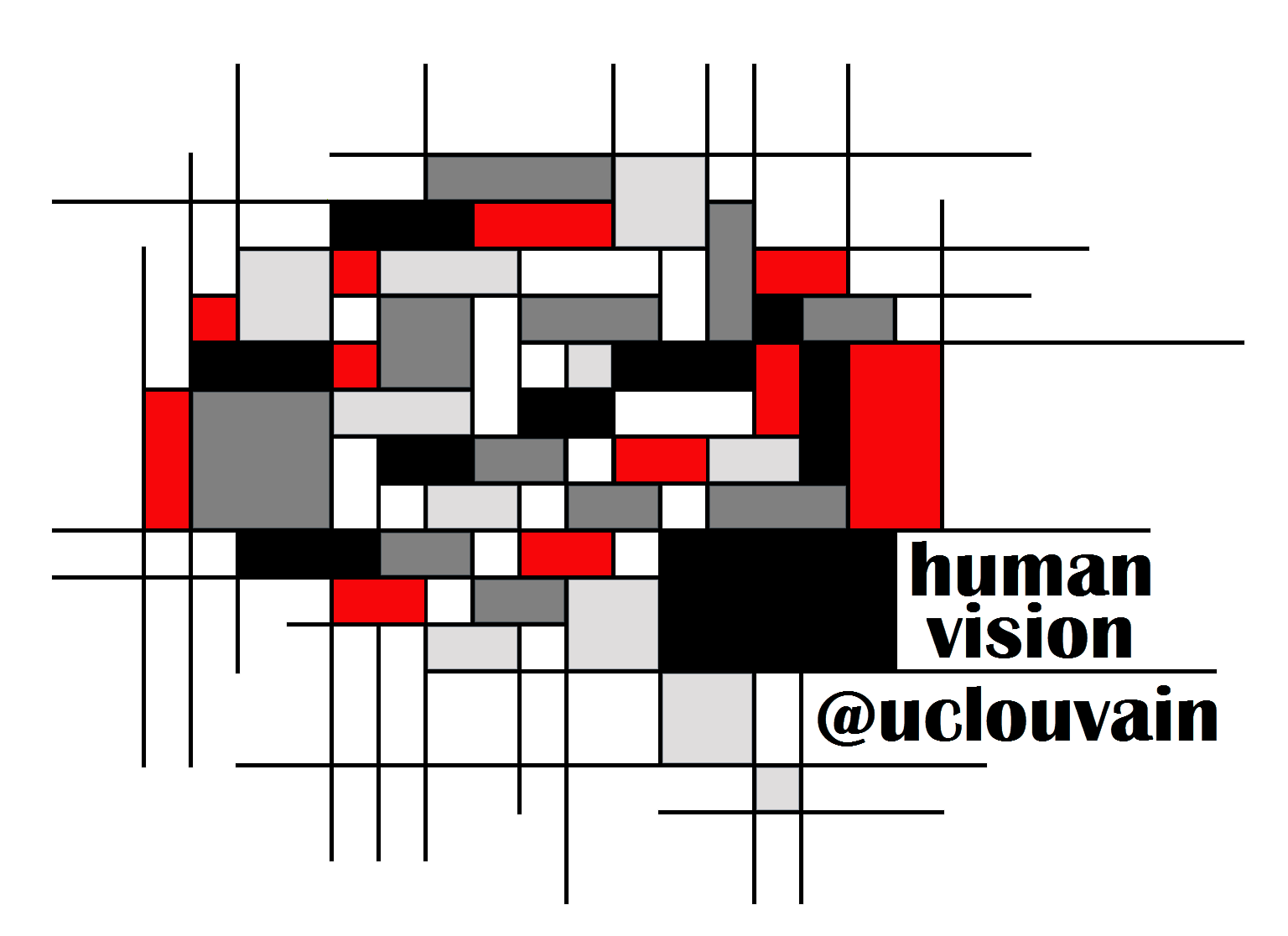
|
Aug '23 - Present Studying how prior knowledge can modulate orientation selectivity for faces in the primary visual cortex. |

|
Sept '22 - July '23 Investigating behavioral implications of coarse-to-fine spatial frequency integration during face processing. |

|
Jul '22 - Aug '22
Participated in the Computational Approaches to Memory and Plasticity (CAMP) summer school organised by the National Centre for Biological Sciences, India.
The course included intensive hands on training in theoritical and computational modeling pertaining to memory and plasticity in the brain, spanning different scales of space, time and complexity.
|
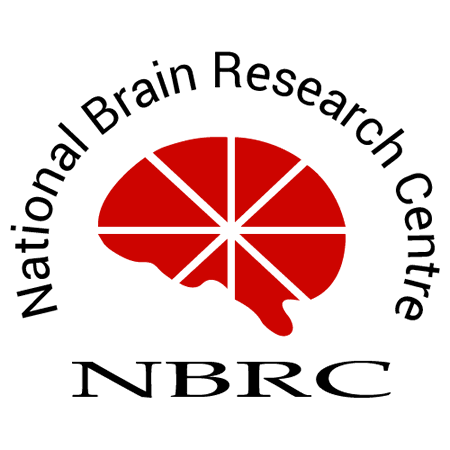
|
Aug '21 - June '22 We investigated the effects of aging on transient, spontaneous brain connectivity in temporal and spectral domains. |

|
Oct '20 - July '22 Graduated with a Master's in Neuroscience with distinction from National Brain Research Centre, India, specializing in Cognitive and Computational Neuroscience. |
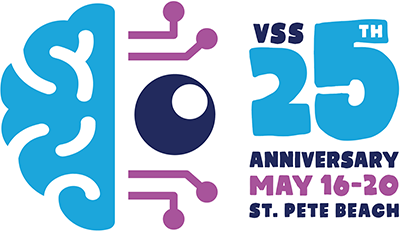
|
|
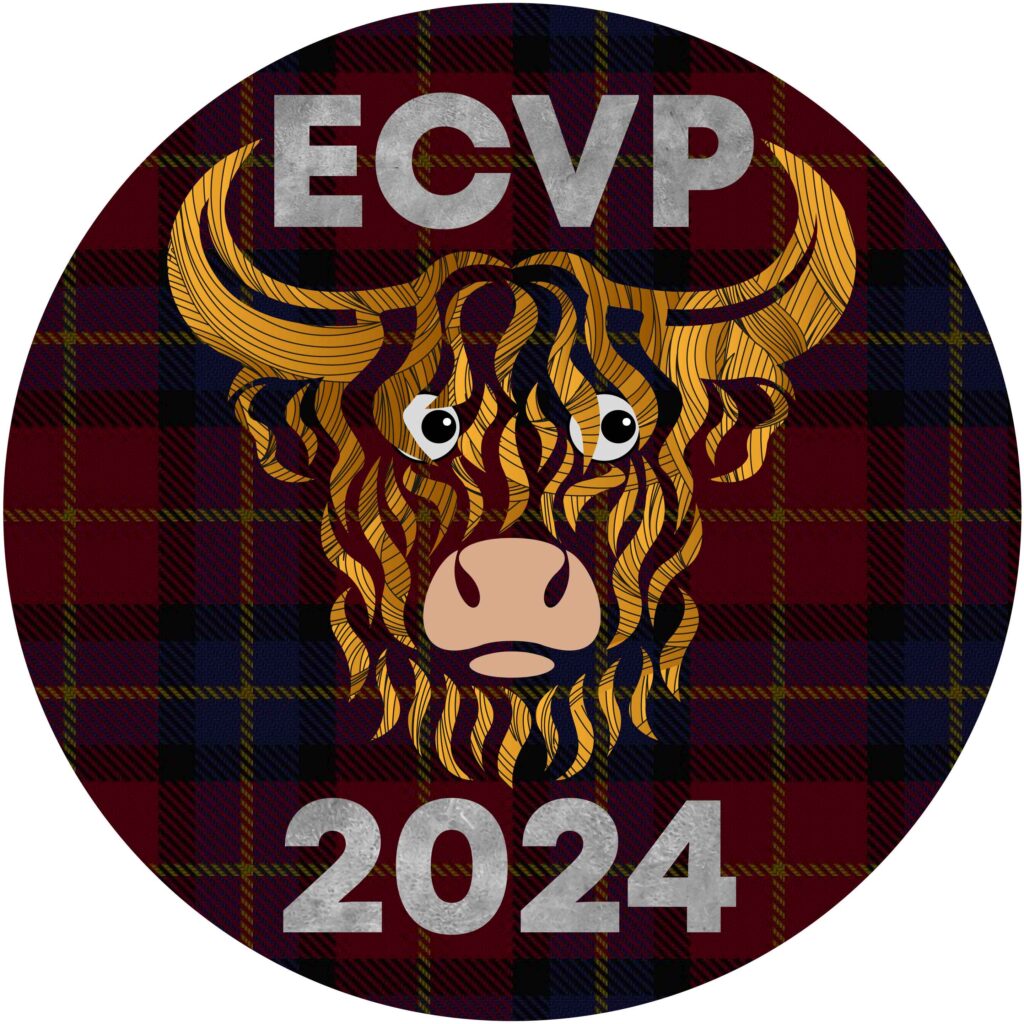
|
|

|
|
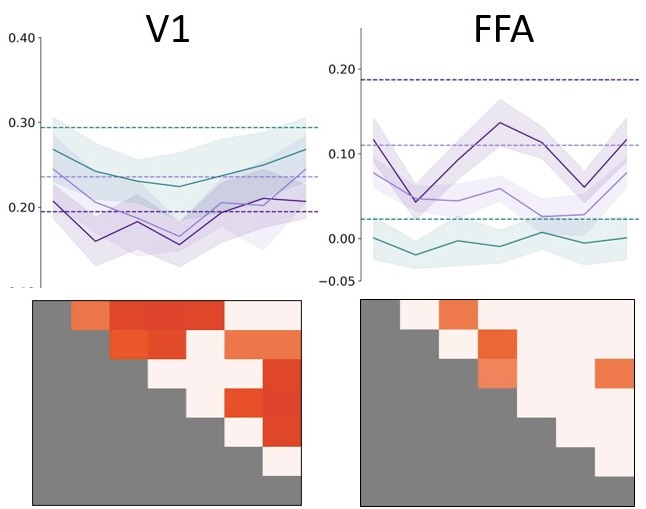
We explore the high-level face-specialized orientation tuning in the face-selective visual areas with 3T fMRI neuroimaging (and behavior) and investigate whether V1 contributes to such orientation selectivity.
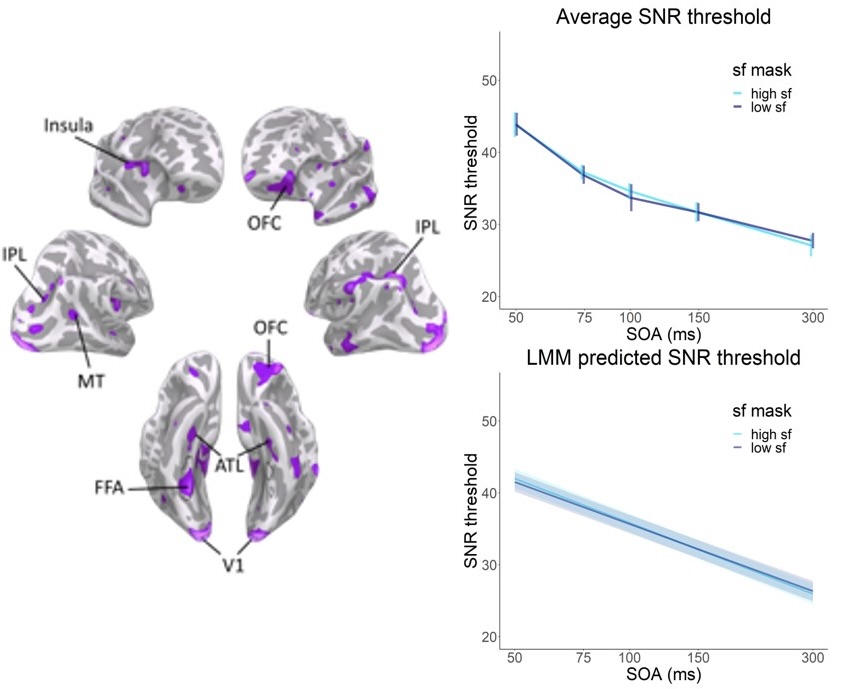
Investigating behavioral implications of coarse-to-fine integration during face processing. We used backward masking of specific spatial frequency (SF) ranges in a full-spectrum face image to study the relative importance of CtF integration to the recognition of face identity of famous (and familiar) celebrities.
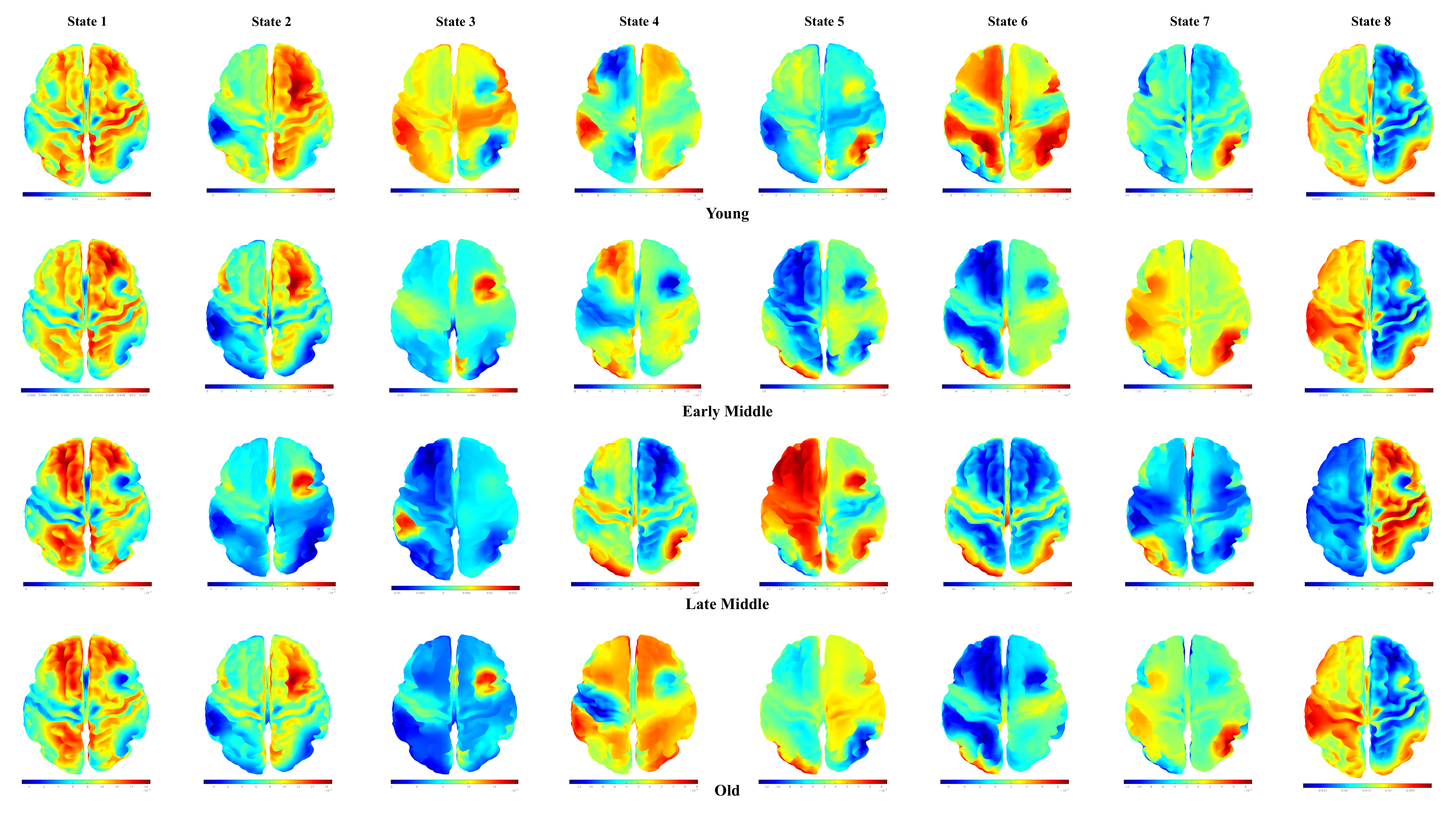
In this study, we analysed MEG data from a large cross-sectional aging dataset and investigated how the spontaneous brain dynamics is affected by healthy aging. We employed a data-driven, statistical Bayesian modeling approach to define such transient states. We found an overall decrease in functional activation with increasing age. The temporal dynamics of these spontaneous brain networks were relatively stable and did not show age-related decline. The whole brain coherence suggested a non-specific increase in connectivity in the face of structural decline.
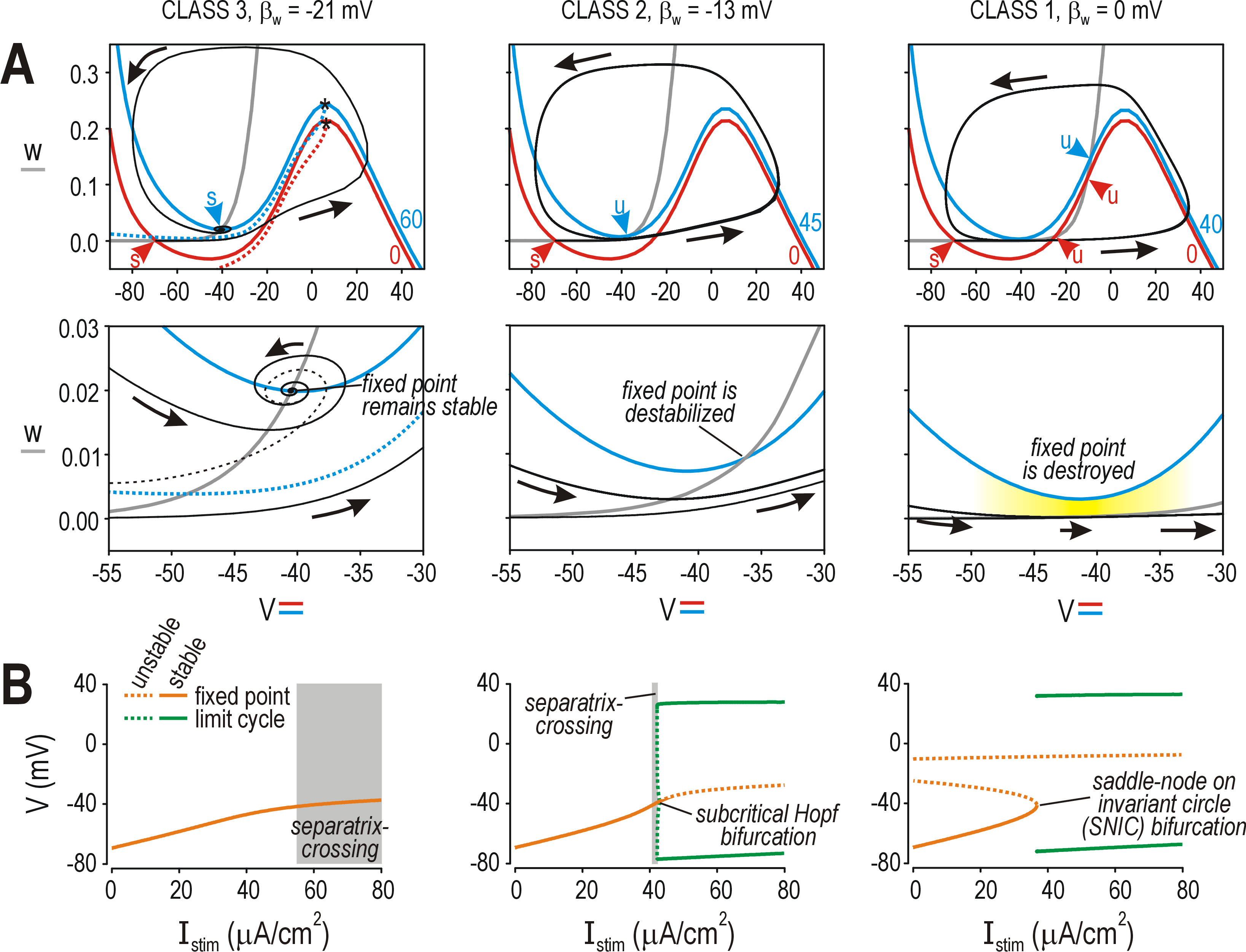
We replicated the Prescott et al., 2008, paper titled "Biophysical Basis for Three Distinct Dynamical Mechanisms of Action Potential Initiation" as a part of our Computational Neuroscience coursework project. The study uses Morris Lecar neurons to examine the phase dynamics of excitability and action potential initiation of the three classes of neurons. Excitability was also shown to be converted between all three classes by varying single paramters which represent the variation in outcomes in a nonlinear competition between oppositely directed, kinetically mismatched currents.

We proposed a way to reduce the 4-dimensional Hodgekin Huxley neuron model to a simpler 2D model resembling the Fitzhugh Nagumo neuron model using a recurrent neural network. This was done as a part of the first project module at the Computational Approaches to Memory and Plasticity (CAMP) summer school. Our model could fit some behaviour of the Hodgekin Huxley neuron like the rebound spike and single spiking but was not able to replicate continous spiking.
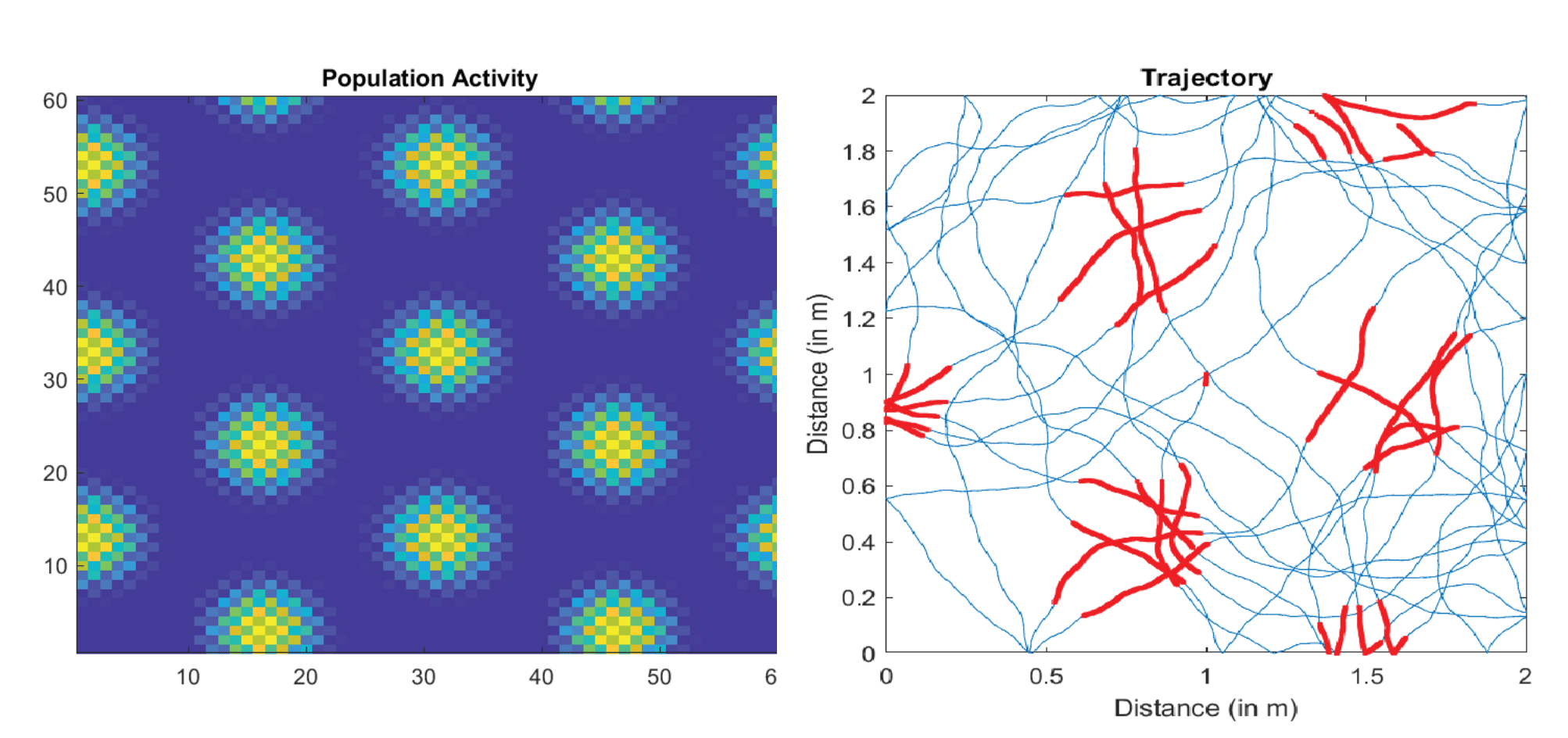
We attempted to replicate the paper "Accurate Path Integration in Continuous Attractor Network Models of Grid Cells", as a part of the seccond project module at the Computational Approaches to Memory and Plasticity (CAMP) summer school. We generated grid cell patterns by using inhibitory point neurons arranged in a disc around each neuron. The extent of inhibition of each neuron was designed to have a Mexican-hat like shape and an overall excitation was supplied to the system. This continous attractor model was successful in replicating the grid cell population patterns as well as trajectories. We also calculated how the gridness scores change with change in parameter values.
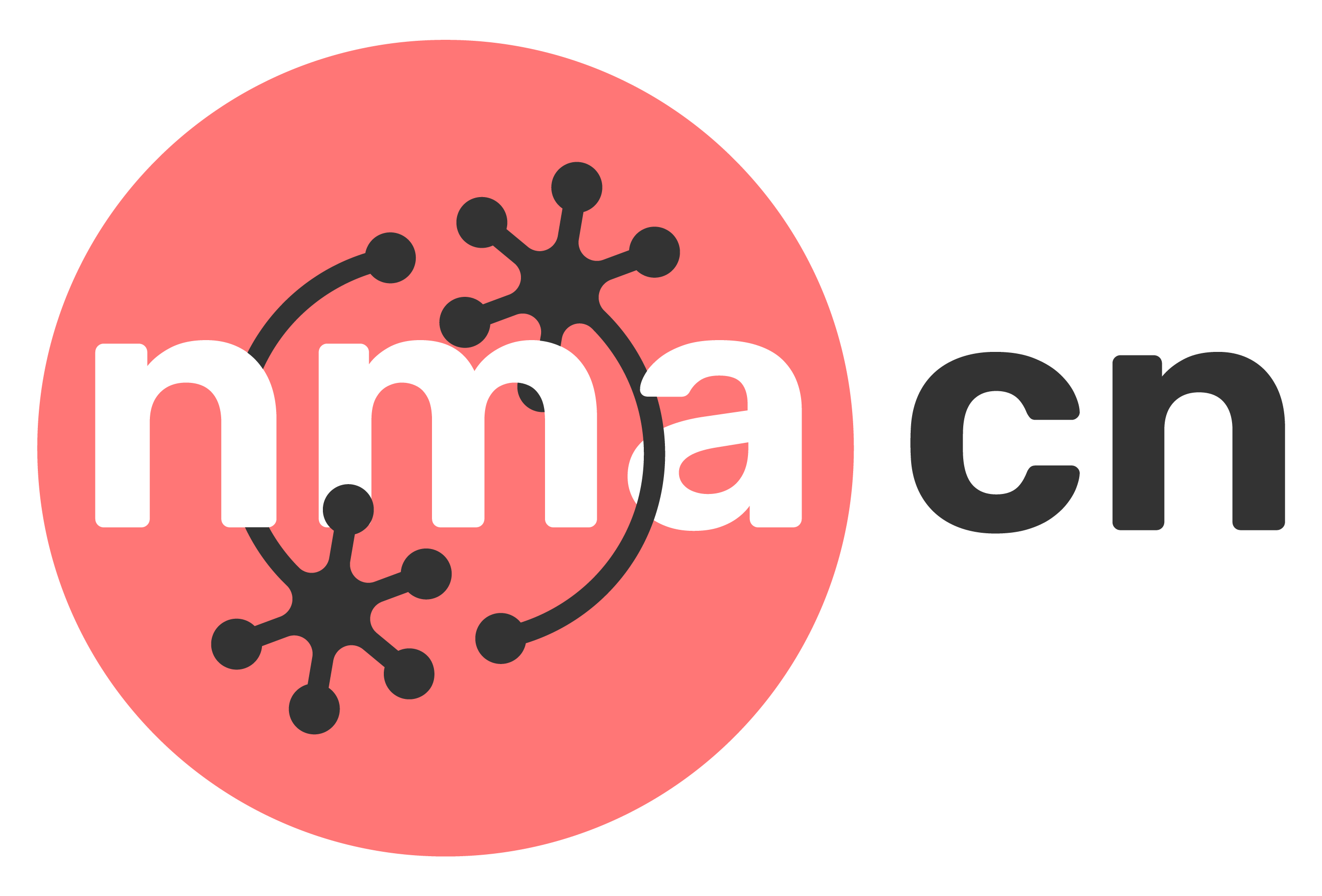
We investigated the effective connectivity between brain regions from the HCP fMRI dataset when subjects performed an emotion processing task, as a part of the Neuromatch Academy (NMA) 2022 project. We were interested in understanding the relationship between visual and emotion processing regions of the brain when a participant perceived a fearful face vs. a neutral face as compared to the brain activity when a participant was shown different shapes as a stimulus.
This template is a modification to Rishab Kincha's website. The source code to his website can be found here